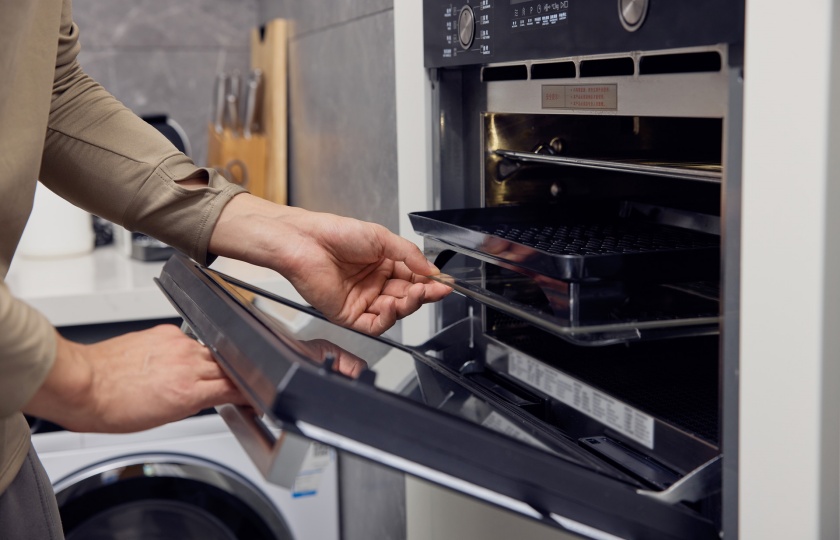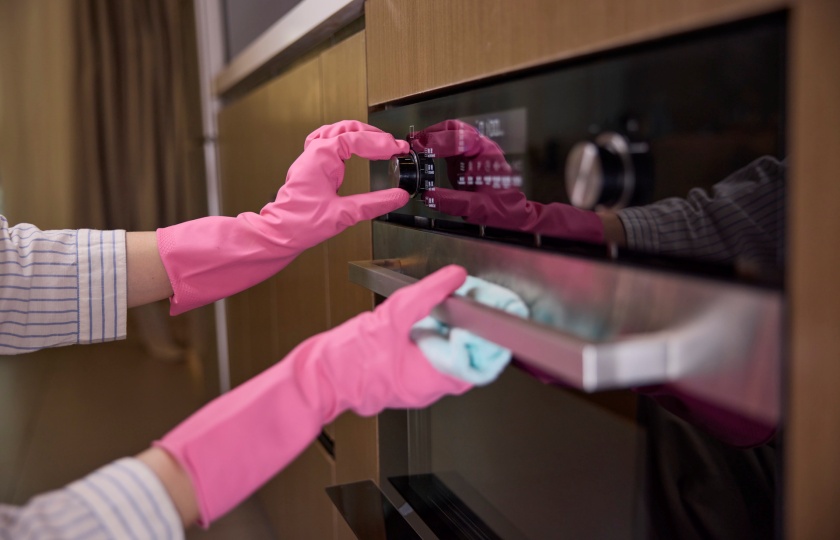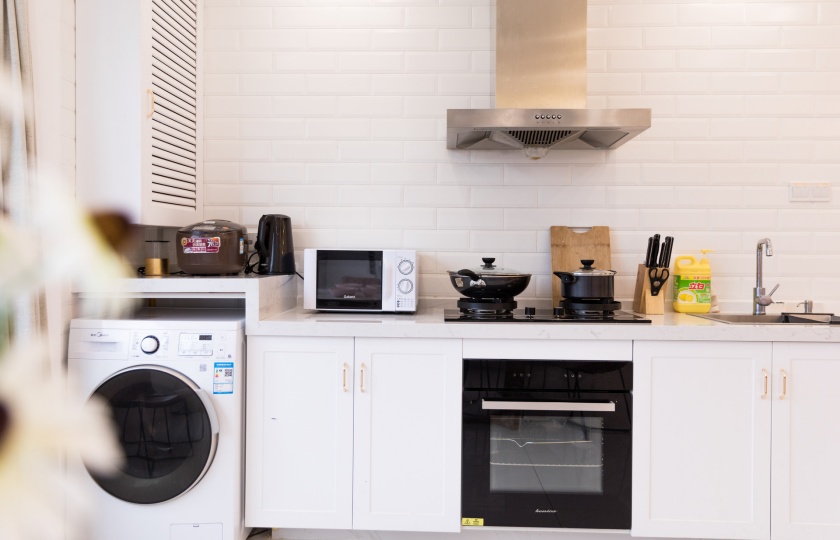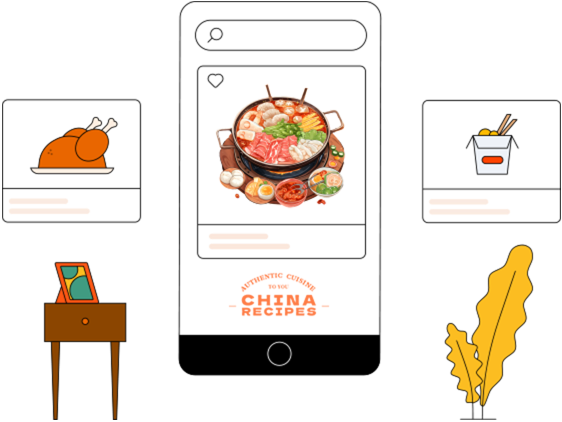Is Infrared Oven the Same as Convection? Fact Check

Ovens can be categorized into infrared ovens and convection ovens, but are they the same? Let’s take a look!
Is Infrared Oven the Same as Convection?
No, they are not.
Infrared Ovens
Infrared ovens use infrared radiation to directly heat food. The heat source directly radiates onto the food, quickly raising its surface temperature, and then transfers heat to the interior.
Infrared heating is fast and helps lock in moisture, making it ideal for cooking meats, pizzas, and other foods that need a crispy exterior and tender interior.
However, the heat is concentrated, which can cause uneven heating in certain areas. It’s important to carefully control the temperature during use.
Convection Ovens
Also known as fan ovens, convection ovens circulate hot air using a built-in fan to distribute heat evenly throughout the oven.
This ensures even cooking, making convection ovens perfect for baking cakes, bread, and cookies, where uniform temperature is crucial.
They also help reduce baking time and provide consistent results.
Infrared vs Convection Toaster Oven
The key differences lie in their working principles, heating effects, suitable foods, and cooking outcomes.

Working Principles
Infrared Oven: Heats food using infrared radiation.
Convection Oven: Uses a built-in fan and heating elements to circulate hot air.
Heating Effects
Infrared Oven: Heats food quickly, rapidly raising the surface temperature.
Convection Oven: Also heats quickly, but distributes heat more evenly, ensuring a crispy exterior and tender interior.
Suitable Foods
Infrared Oven: Best for quick-cooking foods like grilled meats, pizza, and skewers.
Convection Oven: Ideal for baking cakes, cookies, and bread.
Cooking Outcomes
Infrared Oven: Rapid heating creates a crispy exterior while keeping the inside tender.
Convection Oven: Even heat distribution ensures consistent cooking results.
What Are the Two Types of Convection Ovens?
Convection ovens can be categorized into traditional convection ovens and forced-air convection ovens.
Traditional Convection Ovens
These use a built-in fan and heating elements to circulate hot air, ensuring even cooking.
Forced-Air Convection Ovens
These also rely on a fan for hot air circulation, but they have a more powerful fan and a more efficient airflow design.
Differences
Structure: Traditional convection ovens have a single fan at the back, while forced-air convection ovens have a more powerful fan and an optimized airflow system.
Performance: Both distribute heat evenly, but forced-air convection ovens offer more efficient heating, making them versatile for baking, roasting meats, and even cooking vegetables.
How to Tell if an Oven Is Convection?
It’s easy to identify a convection oven by checking the following:

Look for a Fan
Convection ovens rely on a fan to circulate heat. This fan is usually located at the back or top of the oven.
Check the Manual
Most ovens come with a manual or a label on the door or control panel. If it includes "Convection Mode," it’s a convection oven.
Observe Cooking Results
Convection ovens provide even heat distribution, producing crispy exteriors and tender interiors while reducing cooking time.
Ask the Seller
If you’re unsure, consult the seller for details about the oven model and its features.
What Should Not Be Cooked in a Convection Oven?
Baked Goods
Soufflés: The circulating air can cause them to collapse or rise unevenly.
Cream Puffs: Need stable heat to expand properly. Convection ovens may cause the exterior to set too quickly while the inside remains undercooked.
Chiffon Cakes: Require slow and steady rising, but convection ovens can set the surface too fast, affecting texture.
Reason: Convection ovens generate airflow, which can cause delicate, airy foods to collapse or become misshapen.
Meats
Chicken Breast: Loses moisture easily, becoming dry and tough.
Ribs: The fan can dry out the surface, affecting texture.
Thick-Cut Steaks: The surface may cook too quickly while the inside remains underdone.
Reason: The strong airflow accelerates moisture evaporation, making meats prone to drying out.
What Is the Difference Between Forced Convection and Natural Convection Oven?
Forced Convection Ovens
These have a built-in fan that circulates hot air, ensuring even cooking and faster heating.
Features
Even Heating: The fan distributes heat throughout the oven, reducing cold spots.
Faster Cooking: Hot air continuously circulates, cutting baking time by 20-30% compared to standard ovens.
Multi-Rack Baking: Can bake multiple trays at once, making it great for cookies and other baked goods.
Crispier Texture: Accelerates moisture evaporation, perfect for crispy chicken skin or roasted vegetables.
Best for:
Cookies, roasted vegetables, roast chicken, pizza, etc.

Natural Convection Ovens
These rely on natural heat circulation without a fan.
Features
Slower Heat Distribution: Since no fan is used, heat spreads more gradually.
Uneven Heating Possible: Temperature differences may occur between upper and lower racks.
Better for Moist Baked Goods: Without forced air movement, baked goods retain more moisture.
Not Ideal for Multi-Rack Baking: Heat may not distribute evenly across multiple layers.
Best for:
Cakes, cheesecakes, soufflés, puddings, and other desserts requiring a moist texture.























